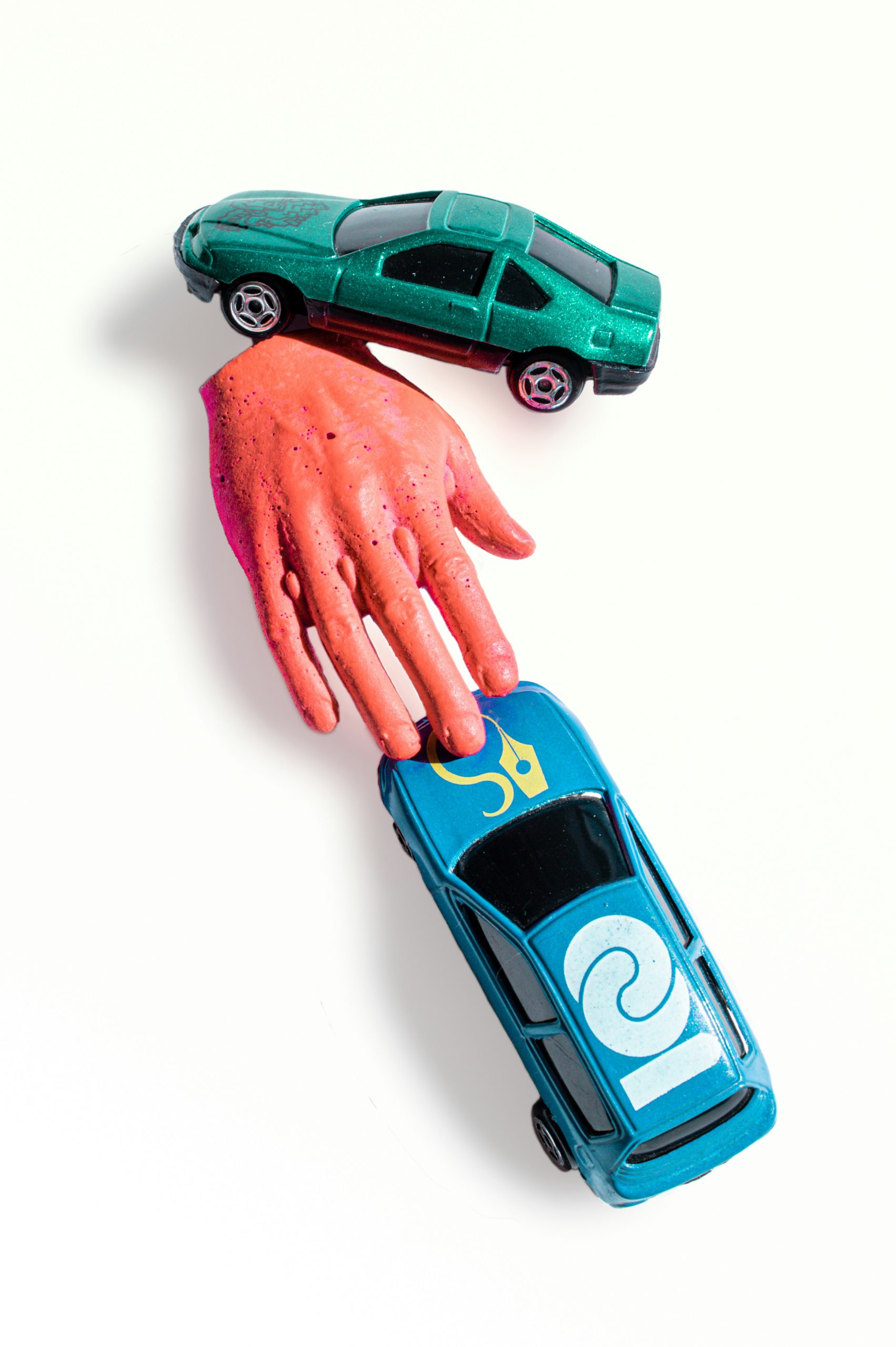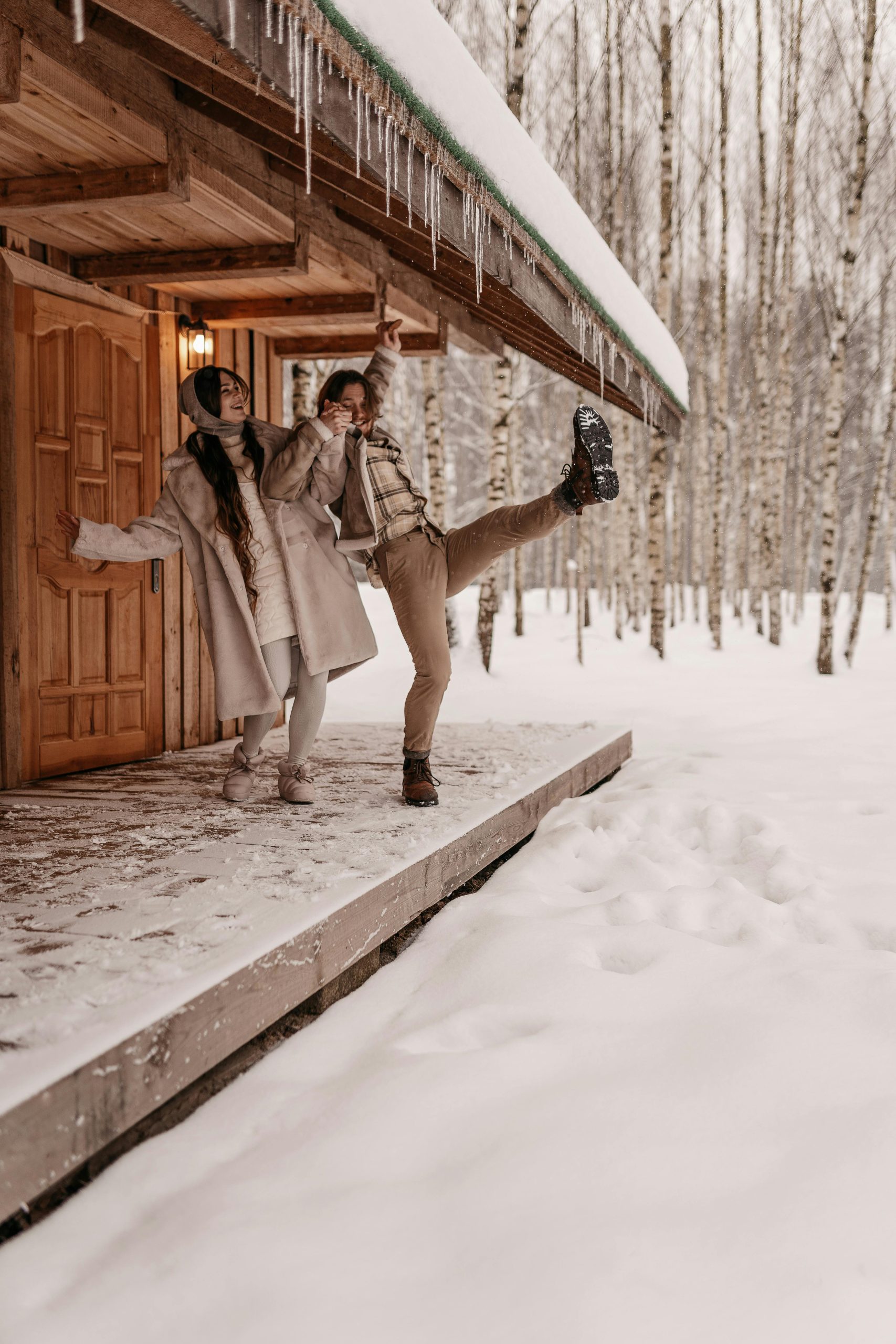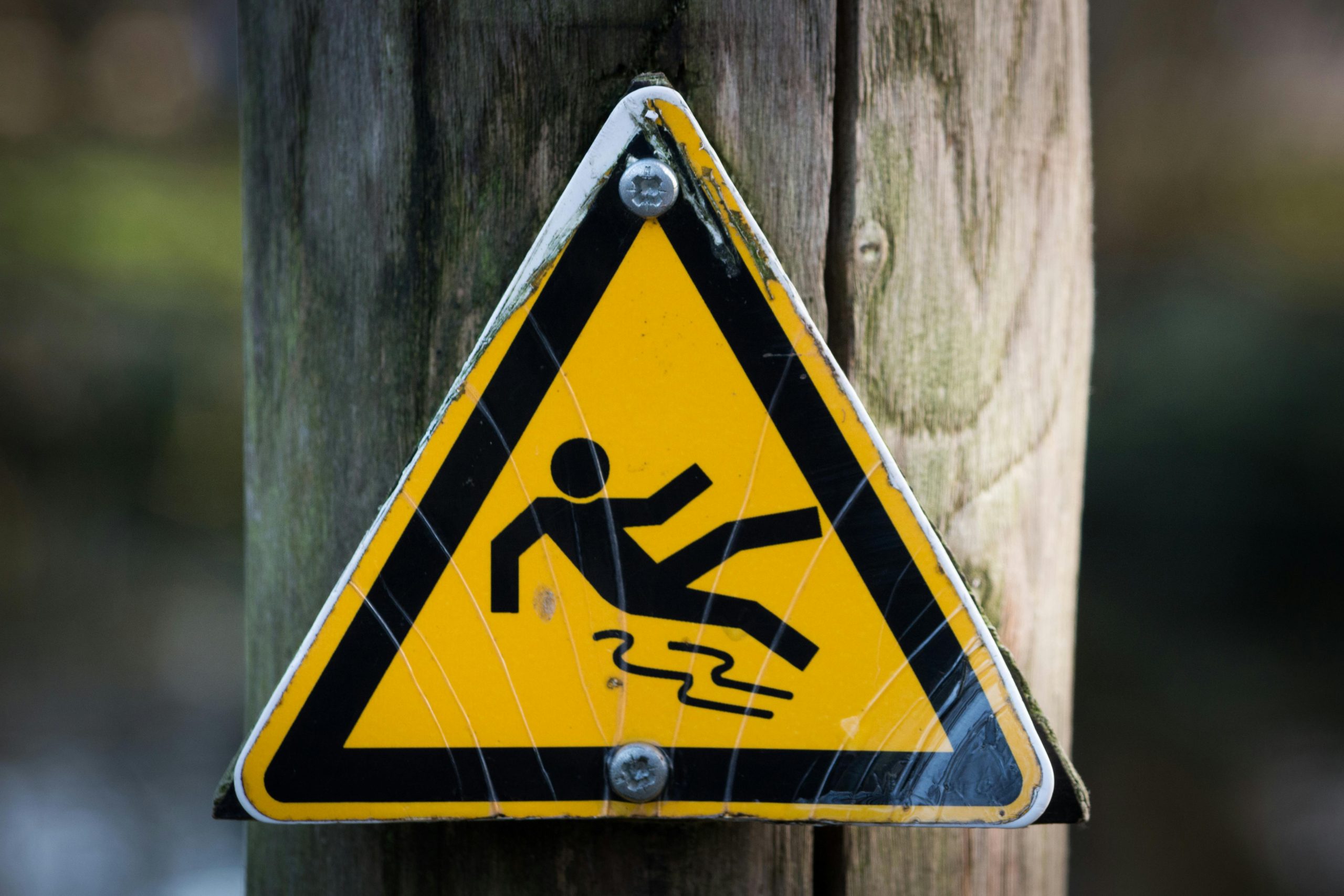 In personal injury law, car accidents at intersections are all too common. However, the case of Trapp v. Allstate Property and Casualty Insurance Company brings a unique twist: the claim of a sudden, unexpected vehicle malfunction. This Louisiana Court of Appeal decision underscores the importance of thoroughly investigating all aspects of an accident before assigning fault, especially when a vehicle defect may have contributed.
In personal injury law, car accidents at intersections are all too common. However, the case of Trapp v. Allstate Property and Casualty Insurance Company brings a unique twist: the claim of a sudden, unexpected vehicle malfunction. This Louisiana Court of Appeal decision underscores the importance of thoroughly investigating all aspects of an accident before assigning fault, especially when a vehicle defect may have contributed.
The case arose from an accident at an intersection in Louisiana. Mr. Trapp was entering the highway from a gas station parking lot when his truck collided with Mr. Martin’s truck. While Mr. Trapp was cited for failure to yield, Mr. Martin claimed his truck suddenly accelerated out of control, preventing him from avoiding the collision.
The trial court initially granted summary judgment, finding Mr. Martin 100% at fault. However, the Court of Appeal reversed this decision, stating that genuine issues of material fact existed regarding comparative fault and the potential for a third party (the vehicle manufacturer) to be at fault.
 Insurance Dispute Lawyer Blog
Insurance Dispute Lawyer Blog


 In the realm of workers’ compensation, the interplay between physical injuries and mental health can be complex. A recent Louisiana Court of Appeal decision highlights the challenges faced by workers seeking compensation for mental health conditions arising from workplace injuries. The case involved a police officer who developed psychological issues after a back injury, and the court’s ruling underscores the high standard of proof required for such claims.
In the realm of workers’ compensation, the interplay between physical injuries and mental health can be complex. A recent Louisiana Court of Appeal decision highlights the challenges faced by workers seeking compensation for mental health conditions arising from workplace injuries. The case involved a police officer who developed psychological issues after a back injury, and the court’s ruling underscores the high standard of proof required for such claims. We’ve all heard the phrase “slip and fall,” often in a comedic context. However, slip-and-fall accidents can result in severe injuries and legal battles. The recent Louisiana Court of Appeal case of Barton v. Walmart highlights the complexities of such cases and what it takes to prove a merchant’s liability.
We’ve all heard the phrase “slip and fall,” often in a comedic context. However, slip-and-fall accidents can result in severe injuries and legal battles. The recent Louisiana Court of Appeal case of Barton v. Walmart highlights the complexities of such cases and what it takes to prove a merchant’s liability. We’ve all heard the phrase “slip and fall,” often in a comedic context. However, slip-and-fall accidents can result in severe injuries and legal battles. The recent case of
We’ve all heard the phrase “slip and fall,” often in a comedic context. However, slip-and-fall accidents can result in severe injuries and legal battles. The recent case of